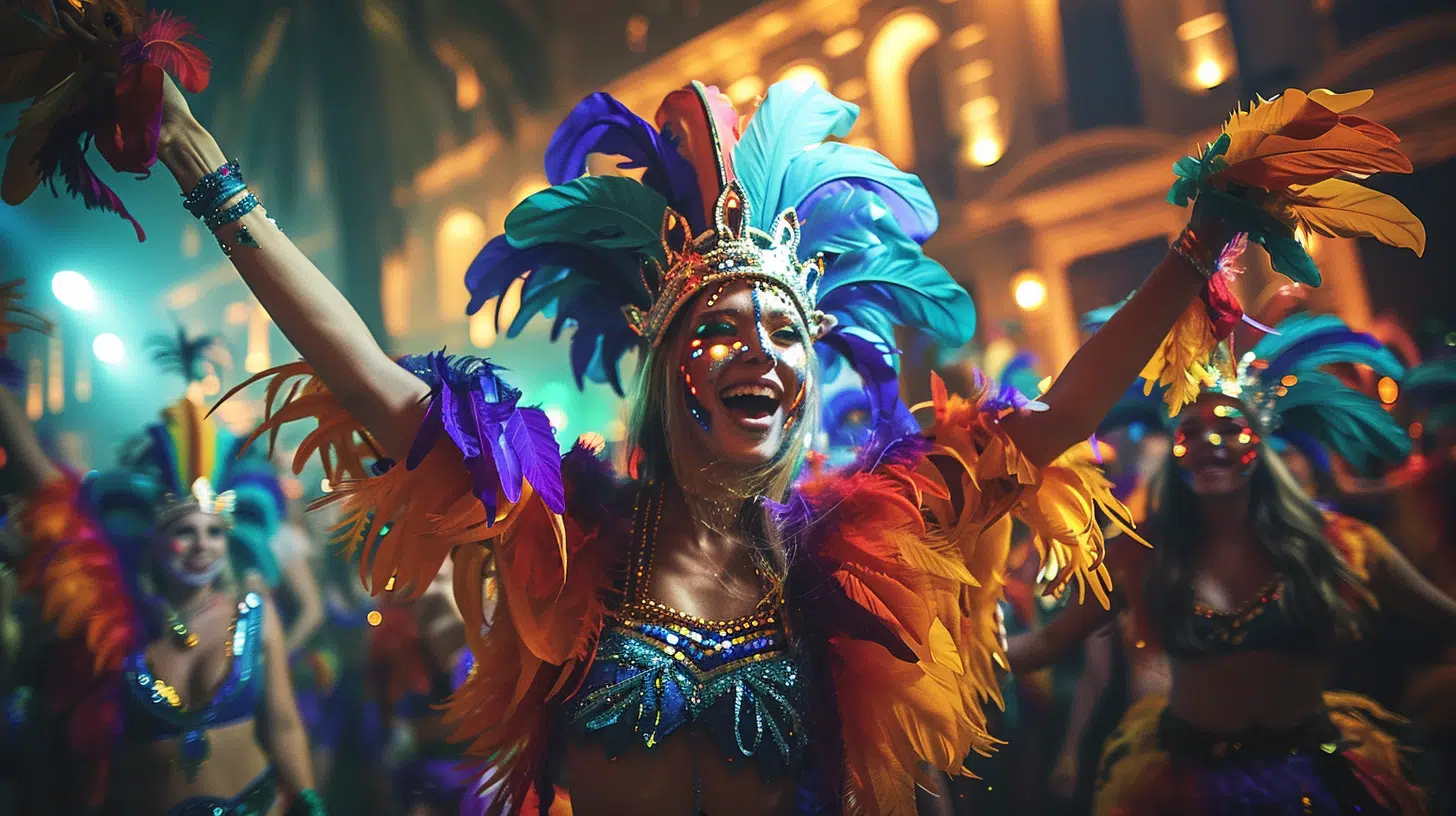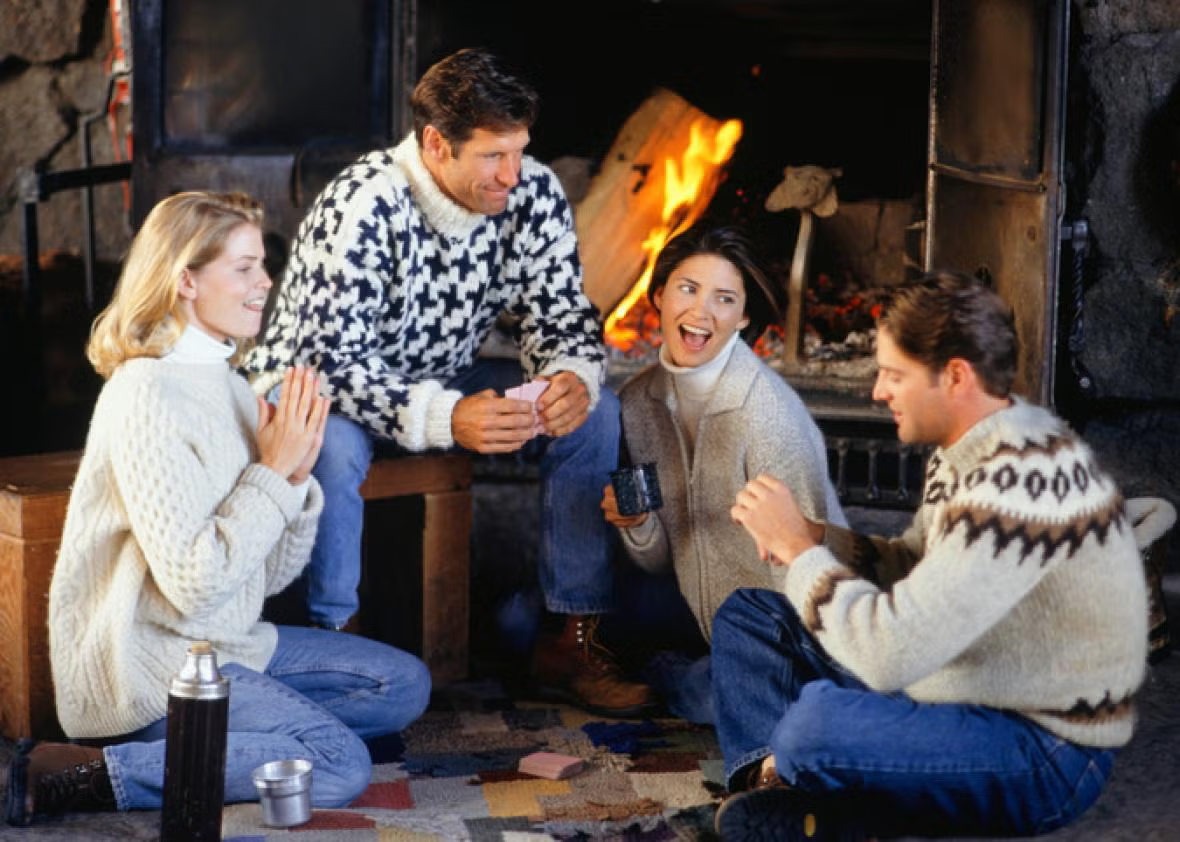vacationhavenhome.com – Mardi Gras, French for “Fat Tuesday,” is one of the most renowned and lively celebrations in the world, particularly famous for its exuberance in New Orleans, Louisiana. This annual event is a unique blend of cultural traditions, parades, masks, music, and revelry, bringing together people from all walks of life to celebrate before the solemnity of the Christian season of Lent. But Mardi Gras is much more than just a party—it is a vibrant expression of history, community, and the spirit of festivity.
Origins of Mardi Gras
Mardi Gras traces its origins back to ancient times, with its roots planted in ancient Roman festivals such as Lupercalia, which celebrated fertility, and Saturnalia, a festival of revelry and role reversals. The tradition evolved over the centuries, especially with the spread of Christianity in Europe. The celebration became a way to indulge in rich foods and festivities before the period of fasting and penance during Lent, the 40 days leading up to Easter.
The term “Mardi Gras” specifically refers to the last day of the Carnival season, which is always the Tuesday before Ash Wednesday. Ash Wednesday marks the beginning of Lent in the Christian calendar, a season of fasting and reflection. Hence, Mardi Gras becomes the final day of feasting, reveling, and excess.
Mardi Gras in New Orleans
While Mardi Gras is celebrated in various parts of the world, New Orleans, Louisiana, is undoubtedly the most famous location associated with the event. The history of Mardi Gras in New Orleans dates back to 1699, when French settlers arrived in the area and held the first recorded celebration. The tradition has grown over the centuries, blending French, African, Spanish, and Native American influences into the city’s unique cultural fabric.
Today, New Orleans is synonymous with Mardi Gras, and the city’s entire identity revolves around this vibrant festival. It’s a time when the streets come alive with parades, balls, costumes, and music, and the city buzzes with an infectious energy that attracts millions of visitors from around the world.
The Mardi Gras Parade
At the heart of New Orleans Mardi Gras are the parades, which are organized by various social clubs and “krewes.” These krewes are membership-based organizations, often dating back over a century, and they are responsible for organizing the floats, themes, and events that make up the parades. Each krewe has its own identity and often presents a unique theme for its parade, which may feature elaborate floats, dancers, music, and participants in colorful costumes.
The parades are some of the most spectacular displays of creativity and artistry. The floats are often adorned with vibrant colors, beads, and glittering lights, and they often carry royal-looking riders who throw throws—beads, coins, cups, and other small trinkets—into the crowd. Catching these throws has become one of the most anticipated aspects of the celebration. Spectators, many of whom sport costumes, masks, and colorful outfits, eagerly try to catch as many beads as possible.
Some of the most famous krewes include Krewe of Bacchus, known for its large and extravagant floats, Krewe of Endymion, which has one of the largest parades in terms of participants, and Krewe of Zulu, a historically African-American krewe that is famous for its unique tradition of throwing decorated coconuts.
The Iconic Mardi Gras Colors and Symbols
Mardi Gras has a distinct color palette that represents the core values of the celebration. The three official colors of Mardi Gras are:
- Purple (representing justice)
- Green (representing faith)
- Gold (representing power)
These colors are seen everywhere during the festivities—on flags, costumes, beads, and floats—and they have deep symbolic meaning in the context of Mardi Gras’ Christian roots.
Another key symbol is the mask, a tradition that dates back to the early days of the carnival. Masks allow revelers to embody anonymity and freedom, letting them step outside their usual roles and interact with others in a spirit of equality. It also provides an opportunity to take on different personas, whether mythical, humorous, or whimsical.
Mardi Gras Balls and King Cake
In addition to the parades, Mardi Gras is known for its balls—extravagant parties that are often organized by the krewes. These masquerade balls are formal events where attendees don elegant costumes, often adhering to a specific theme. The highlight of the ball is the coronation of the Mardi Gras King and Queen, typically the King and Queen of the specific krewe, and the presentation of the Court.
Another delicious tradition of Mardi Gras is the King Cake. A rich, sweet pastry that is decorated with icing in the traditional Mardi Gras colors, King Cake is served during the Carnival season, starting on Twelfth Night (January 6) and lasting until Fat Tuesday. Inside the cake is a small figurine, usually a baby, and the person who finds the baby is expected to host the next King Cake party or provide the next cake. This custom symbolizes the gifts given to the infant Jesus by the Three Kings.
Mardi Gras Traditions and Culture
Mardi Gras is a holiday that blends revelry with cultural depth. It’s an expression of community and creativity, with everyone encouraged to join in the fun. But it’s also a time to reflect on the more serious side of life and tradition. The Lenten season begins the day after Mardi Gras, and many Mardi Gras participants see the celebration as a final opportunity to indulge in food, drink, and revelry before the period of fasting.
One of the most notable aspects of Mardi Gras is the involvement of the city’s neighborhoods. While tourists flock to the main event areas like Bourbon Street and the French Quarter, locals participate in smaller parades, parties, and gatherings in their own neighborhoods. The sense of unity among New Orleans’ residents is palpable, with people from diverse backgrounds—Black, White, Creole, and Cajun—coming together to celebrate the city’s collective identity.
Mardi Gras Around the World
Though New Orleans is the most famous location for Mardi Gras, the celebration is observed in various parts of the world. Brazil’s Carnival, held in Rio de Janeiro, is one of the largest and most famous festivals, attracting millions of visitors for its samba parades and street parties. In France, Mardi Gras celebrations take place in cities like Nice and Paris, where masquerades and parties fill the streets.
In Venice, Italy, the Carnival of Venice is renowned for its elaborate masks, rich history, and opulent balls. Meanwhile, Trinidad and Tobago hosts one of the largest Carnival celebrations in the Caribbean, which features vibrant costumes, steelpan music, and calypso bands.
The Spirit of Mardi Gras
At its core, Mardi Gras is about freedom, expression, and community. It’s a celebration of life in all its colors and contradictions, where the boundaries between the sacred and the profane, the serious and the playful, blur in a joyful explosion of music, dance, and camaraderie. It is an invitation to step out of the ordinary and experience life through a lens of celebration and festivity, all while honoring the deeper meanings of tradition and culture.
Whether you’re reveling in the streets of New Orleans or enjoying the festivities from afar, Mardi Gras is a reminder that life, like the carnival season, is fleeting and should be celebrated with gusto, joy, and a sense of shared humanity.





